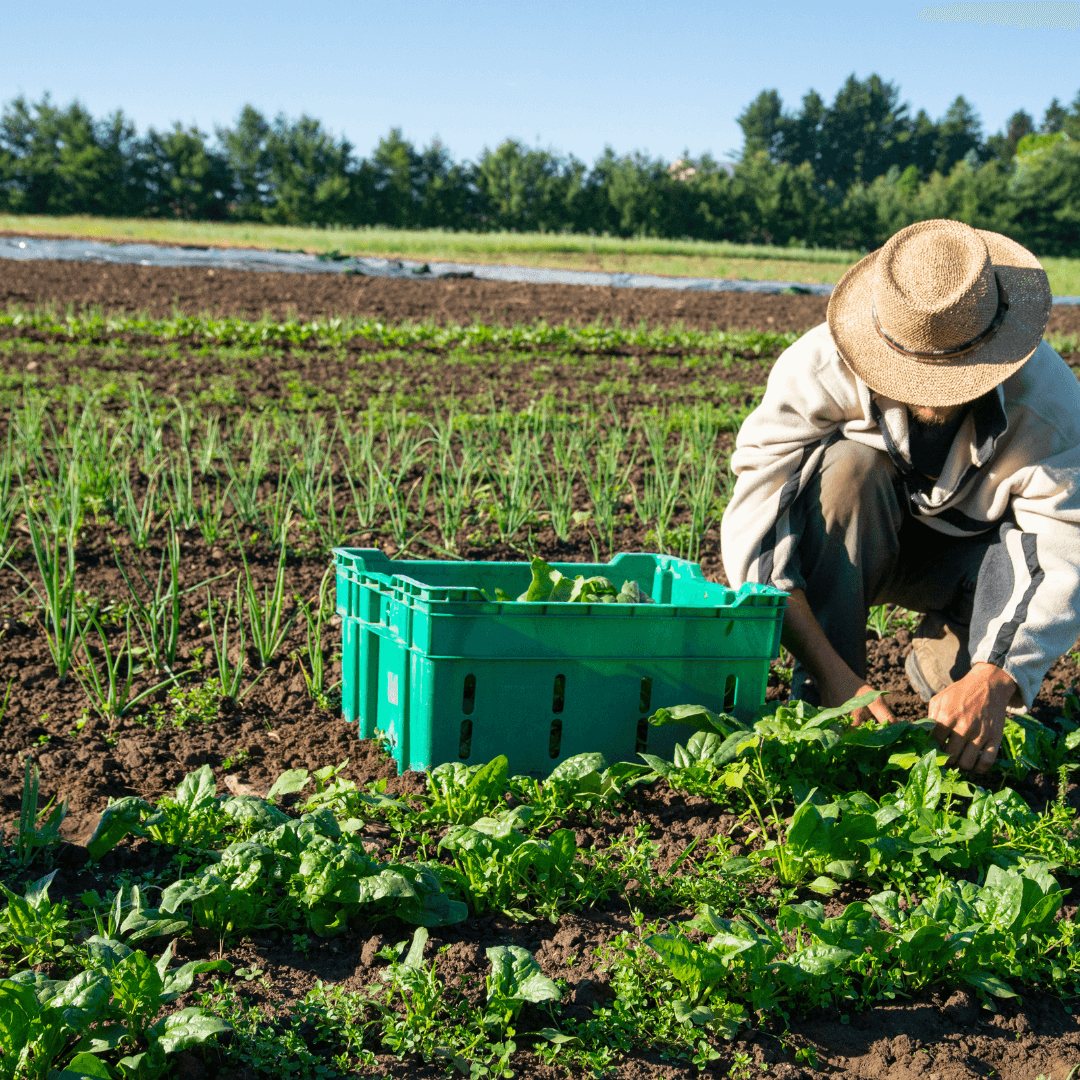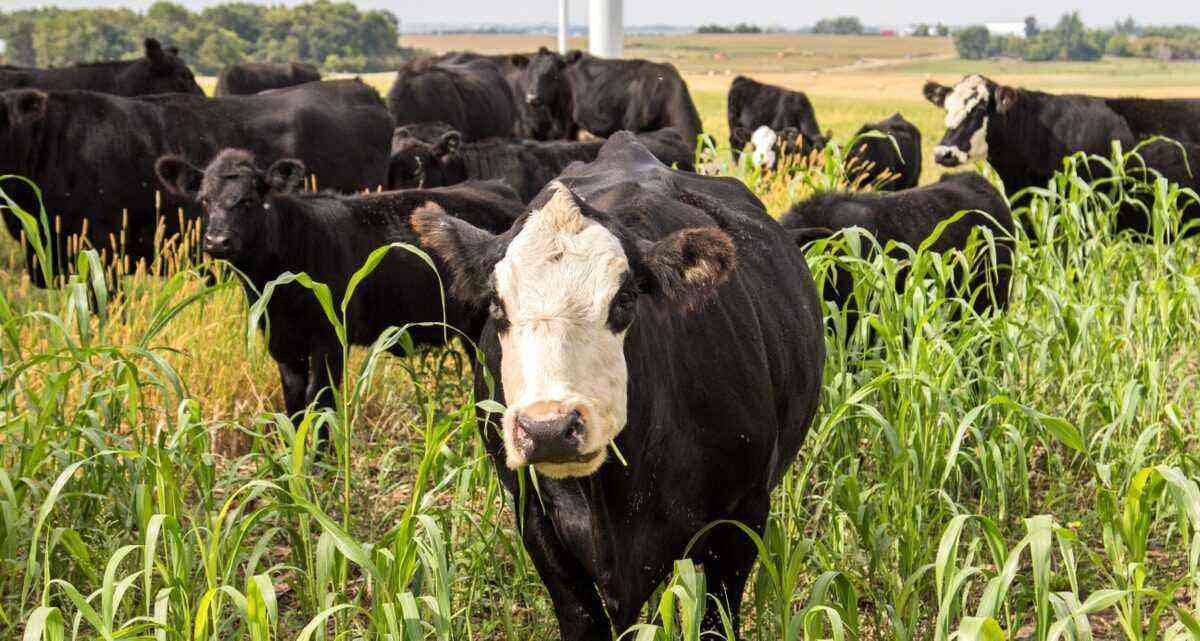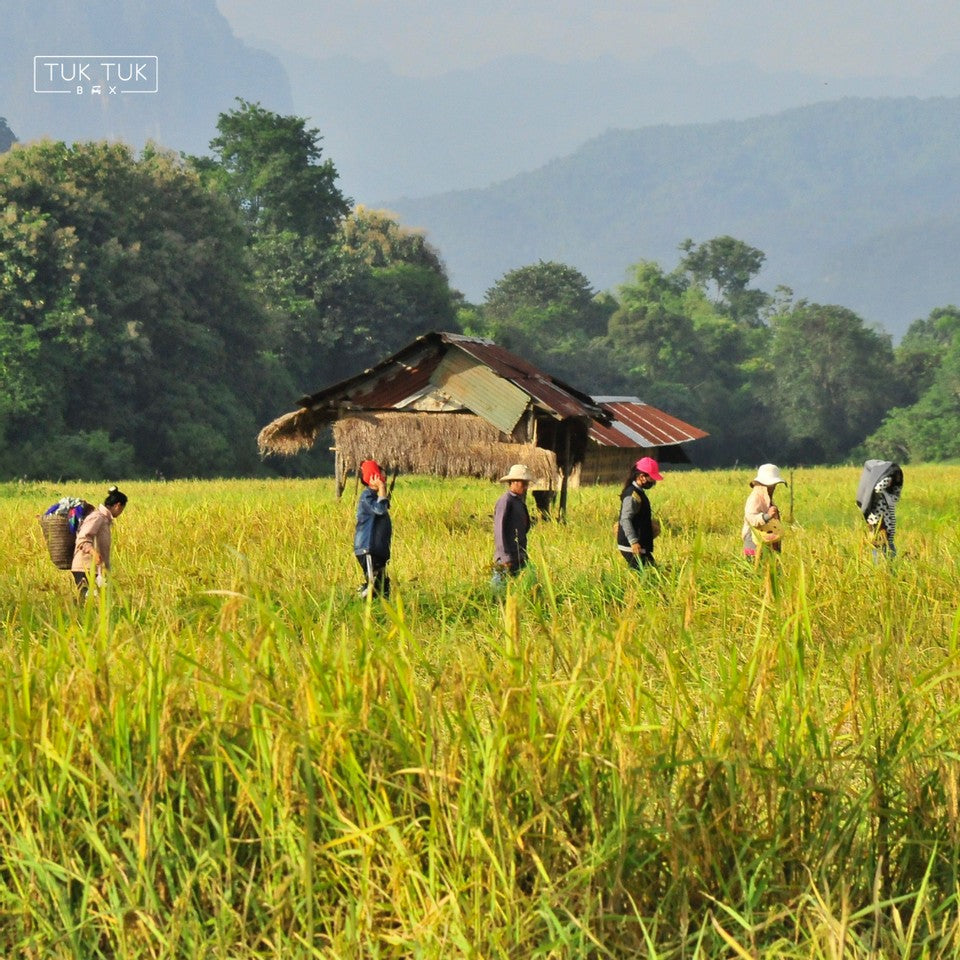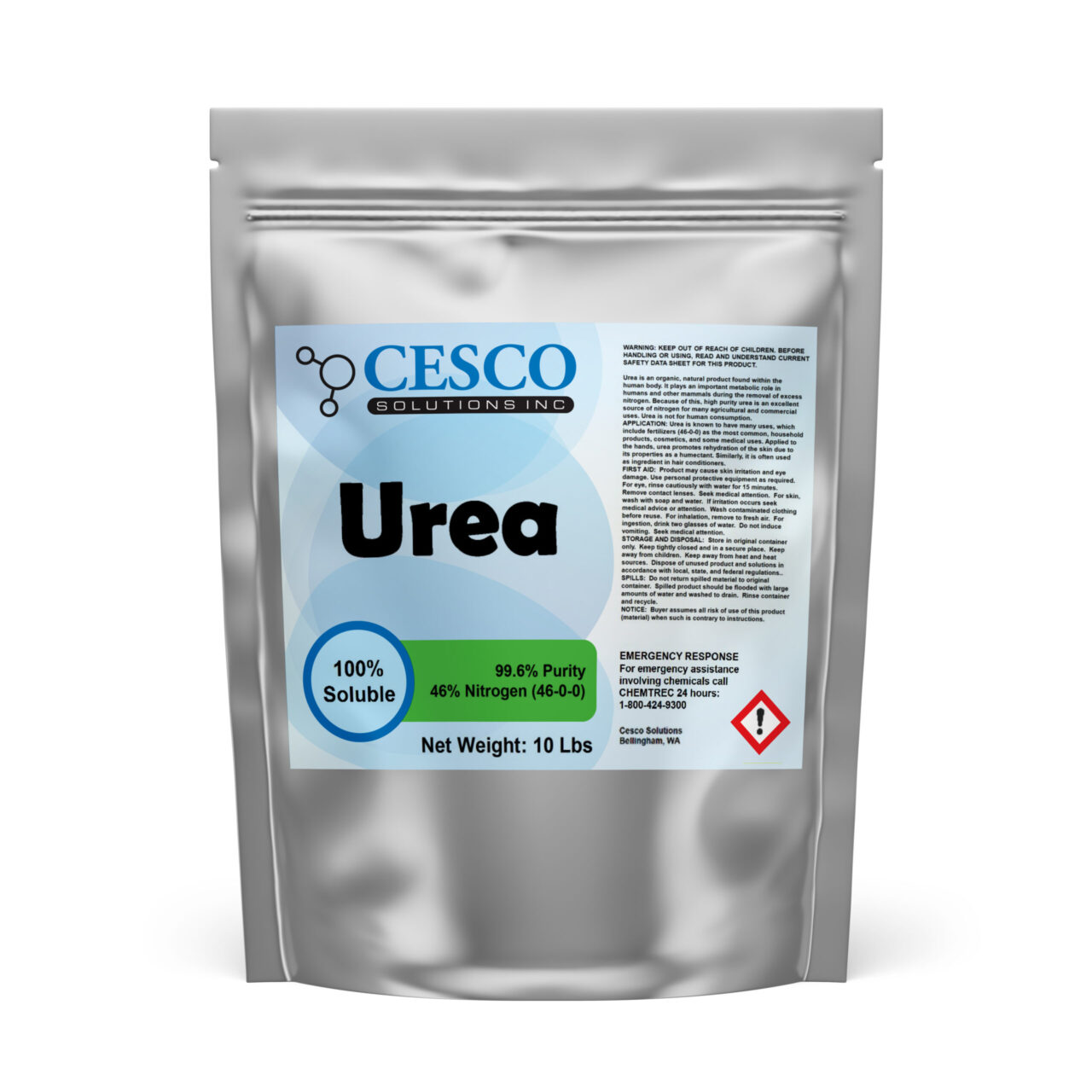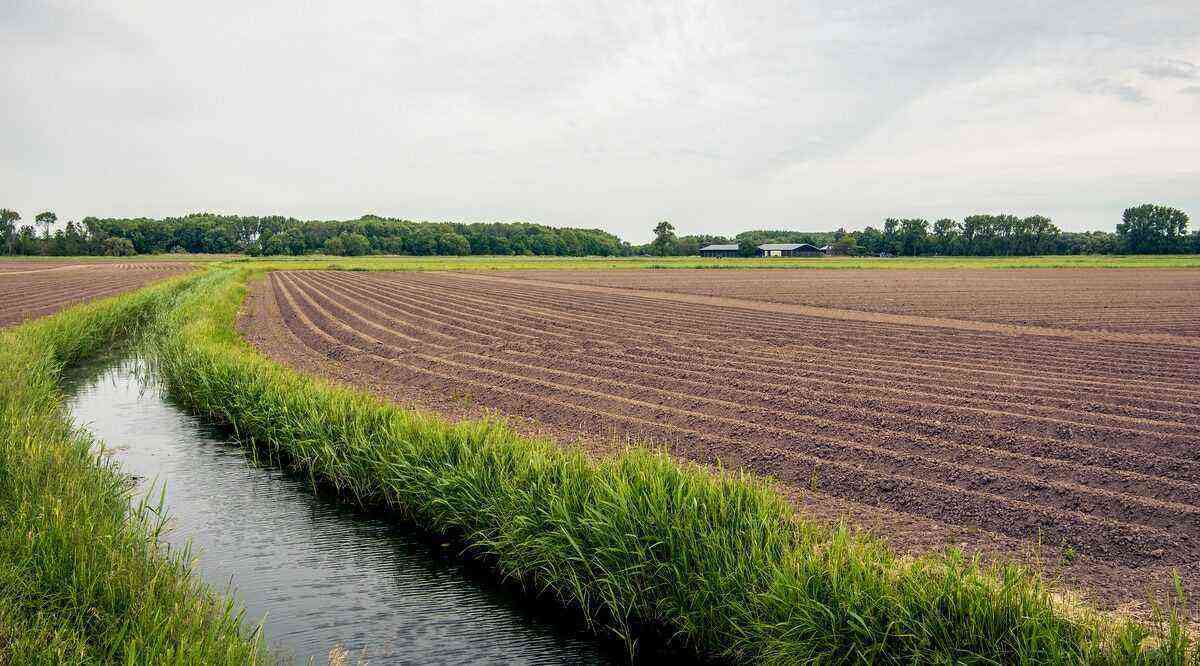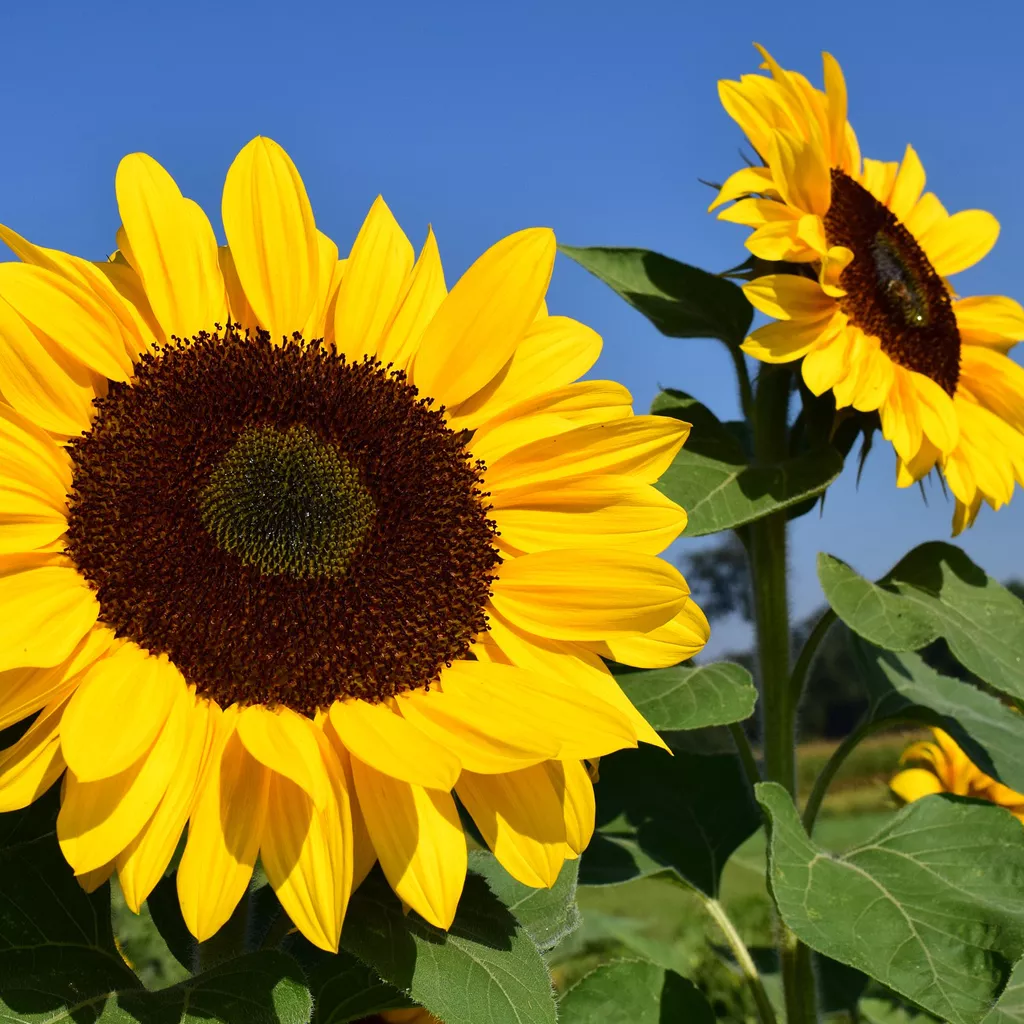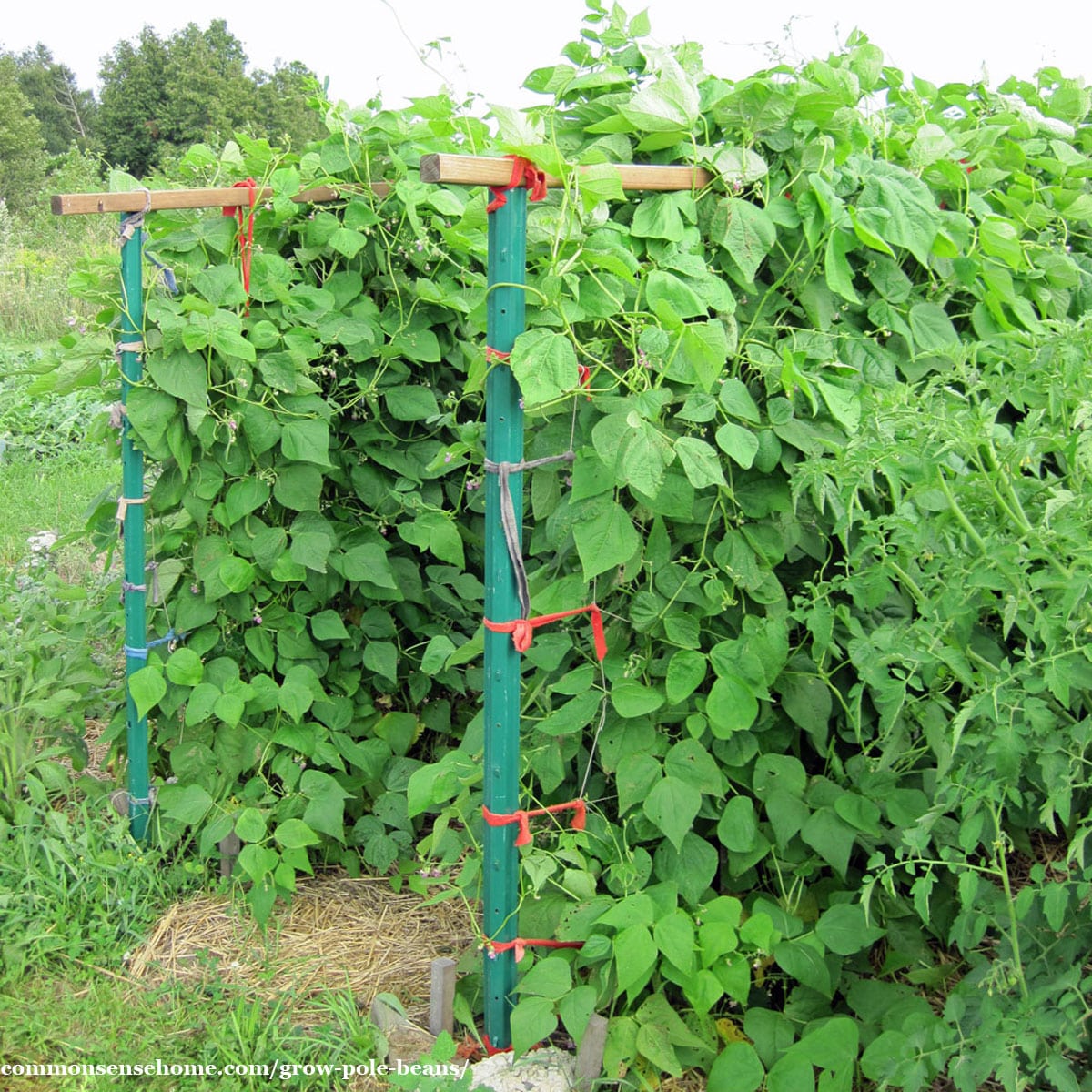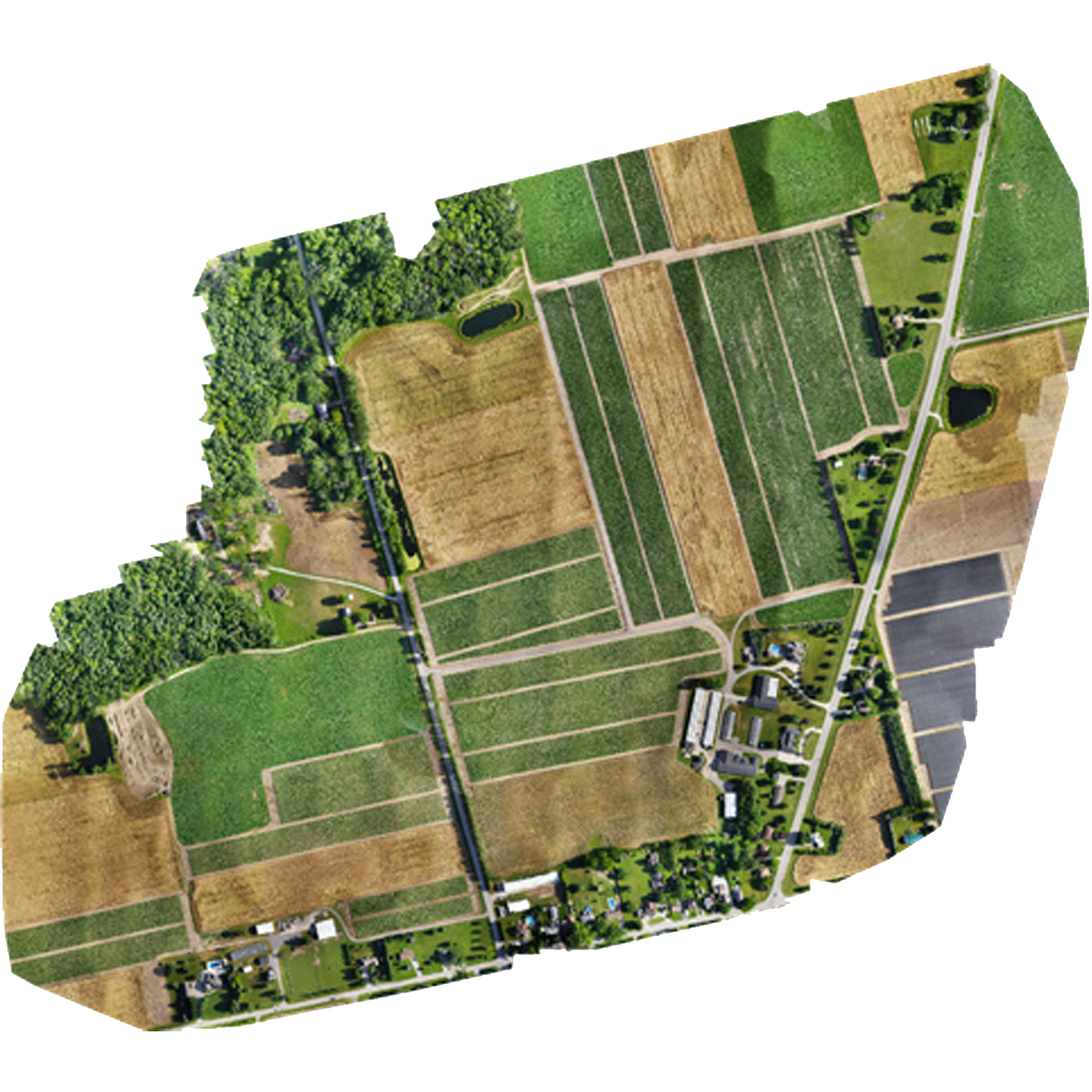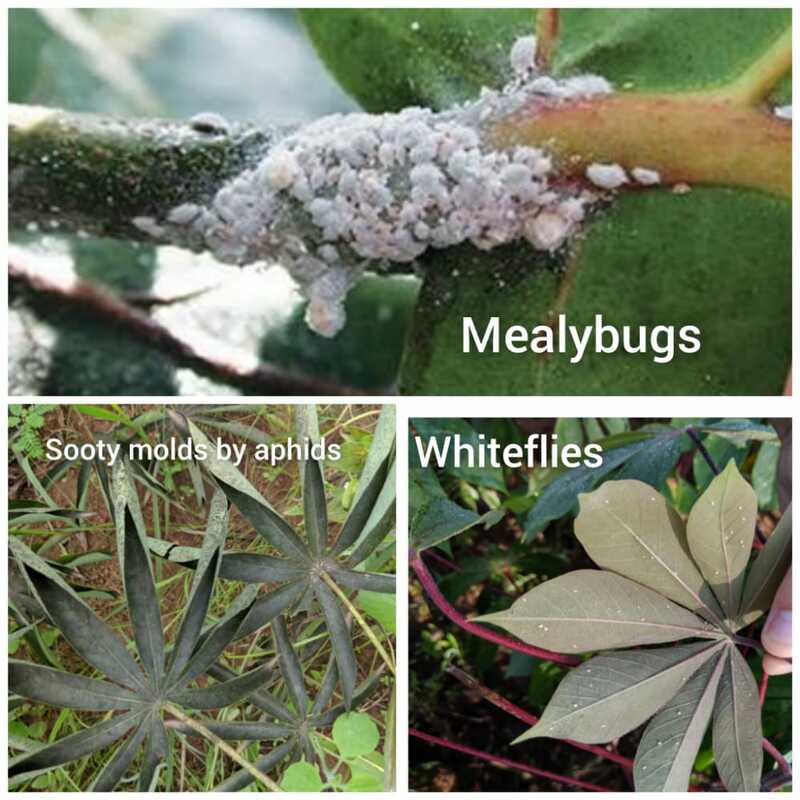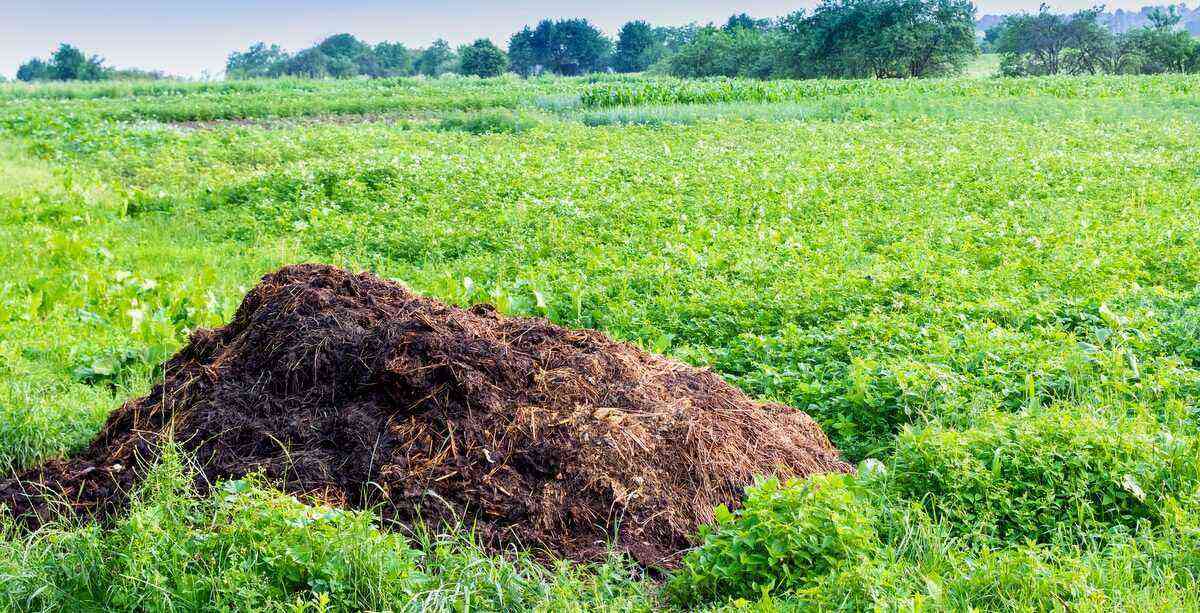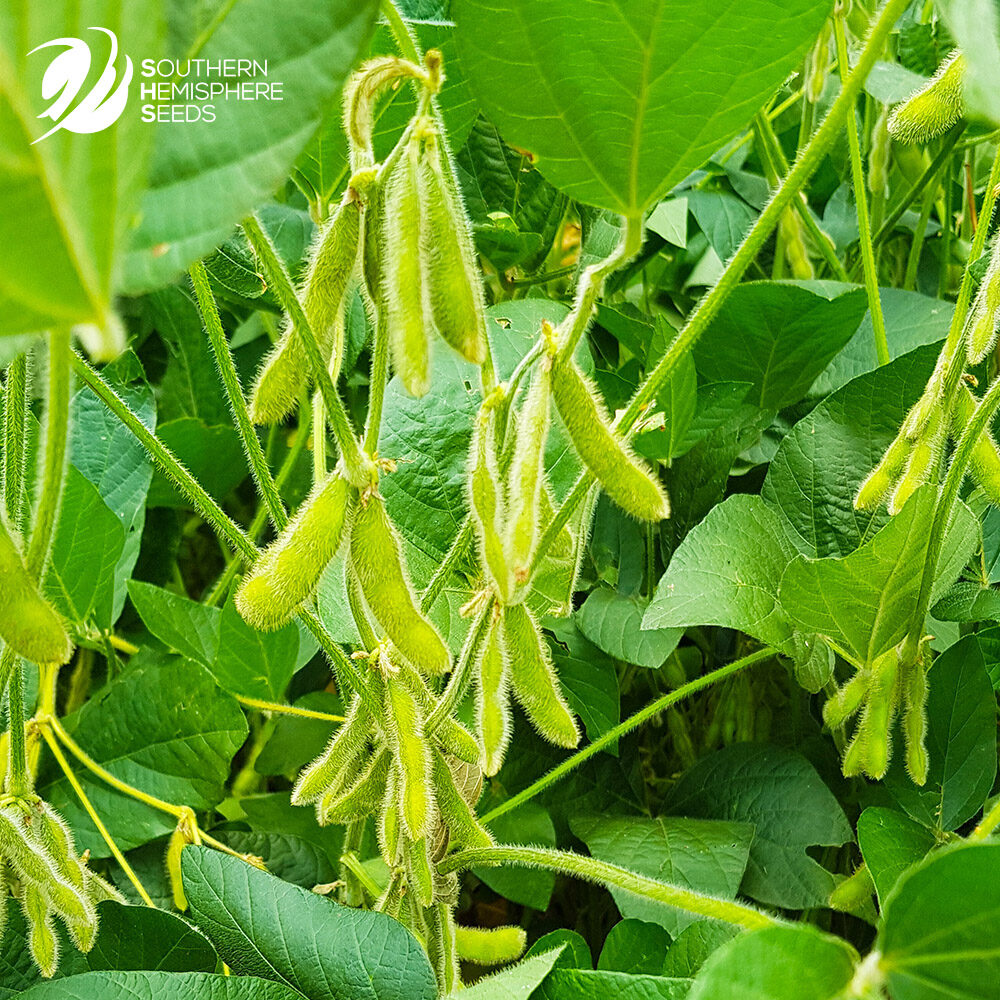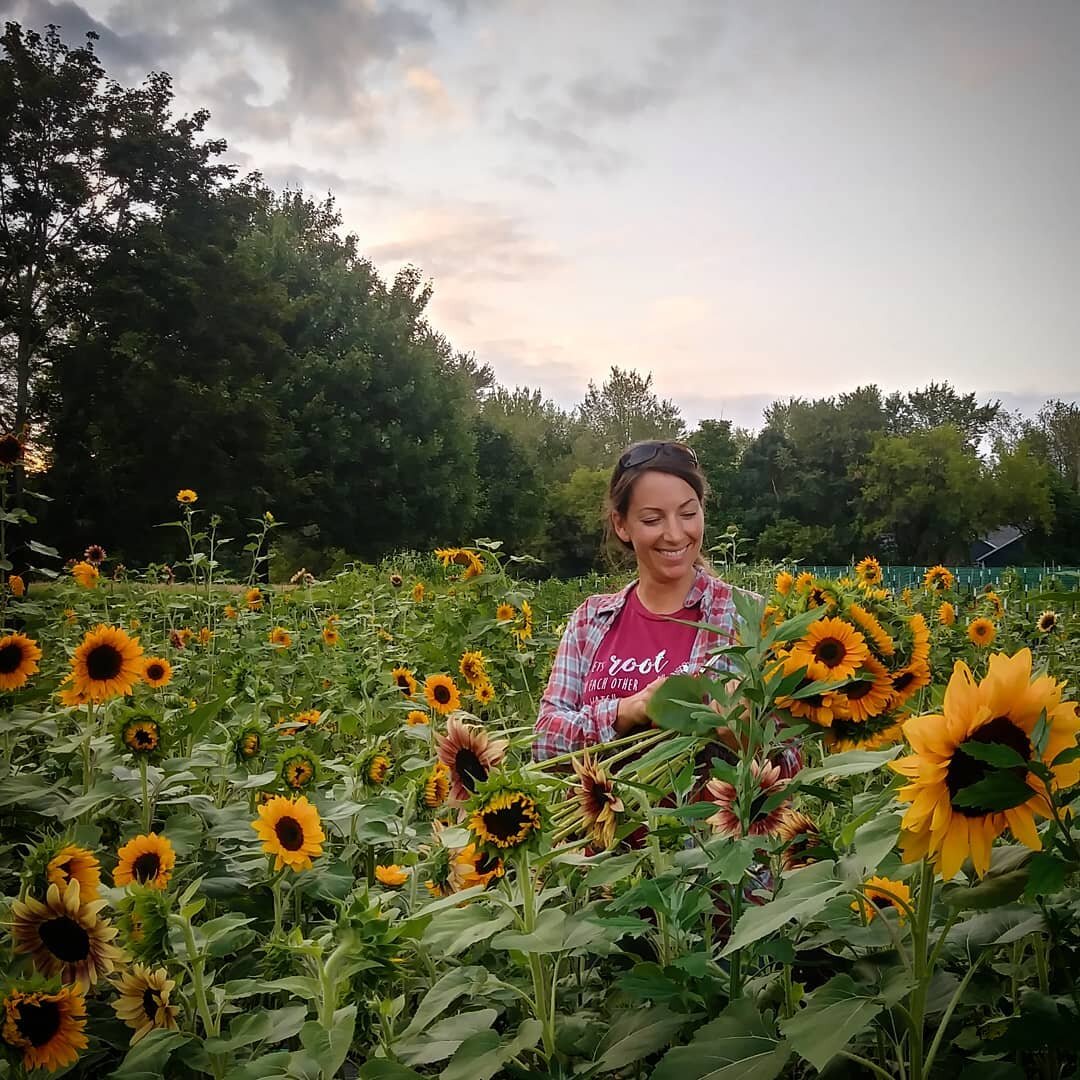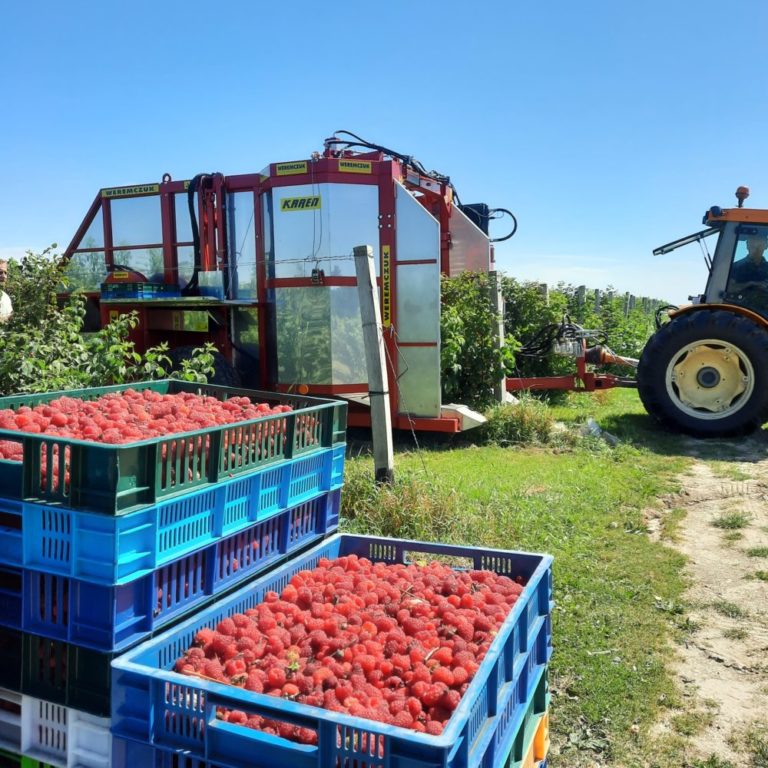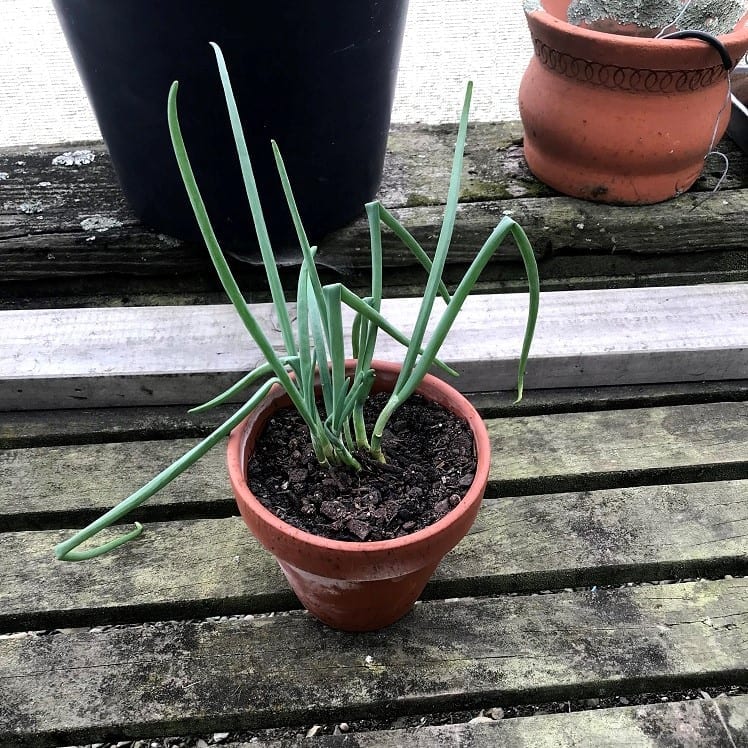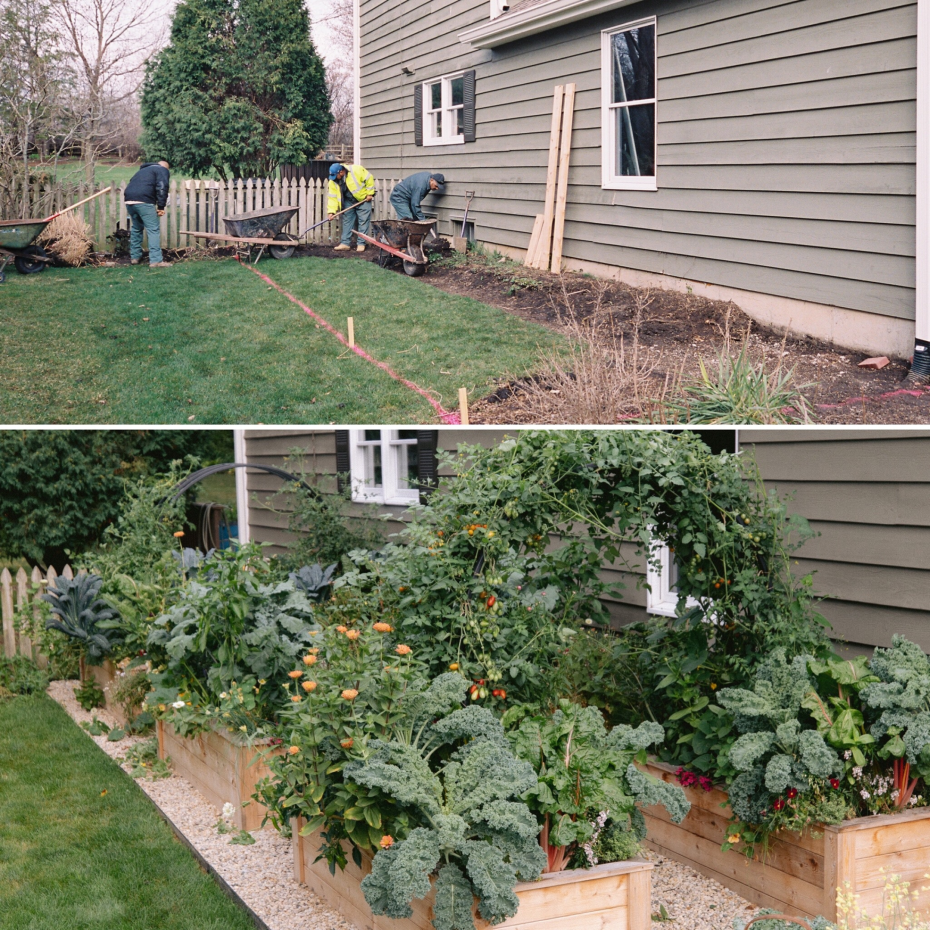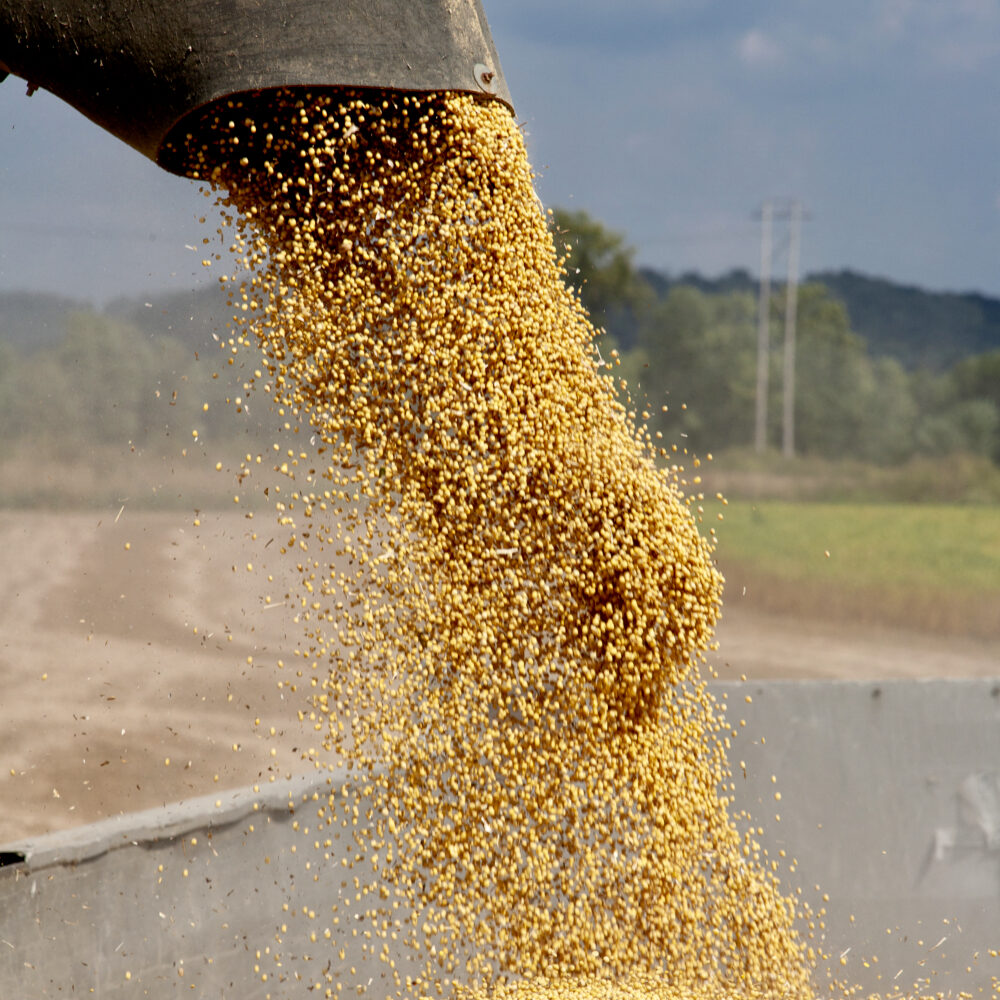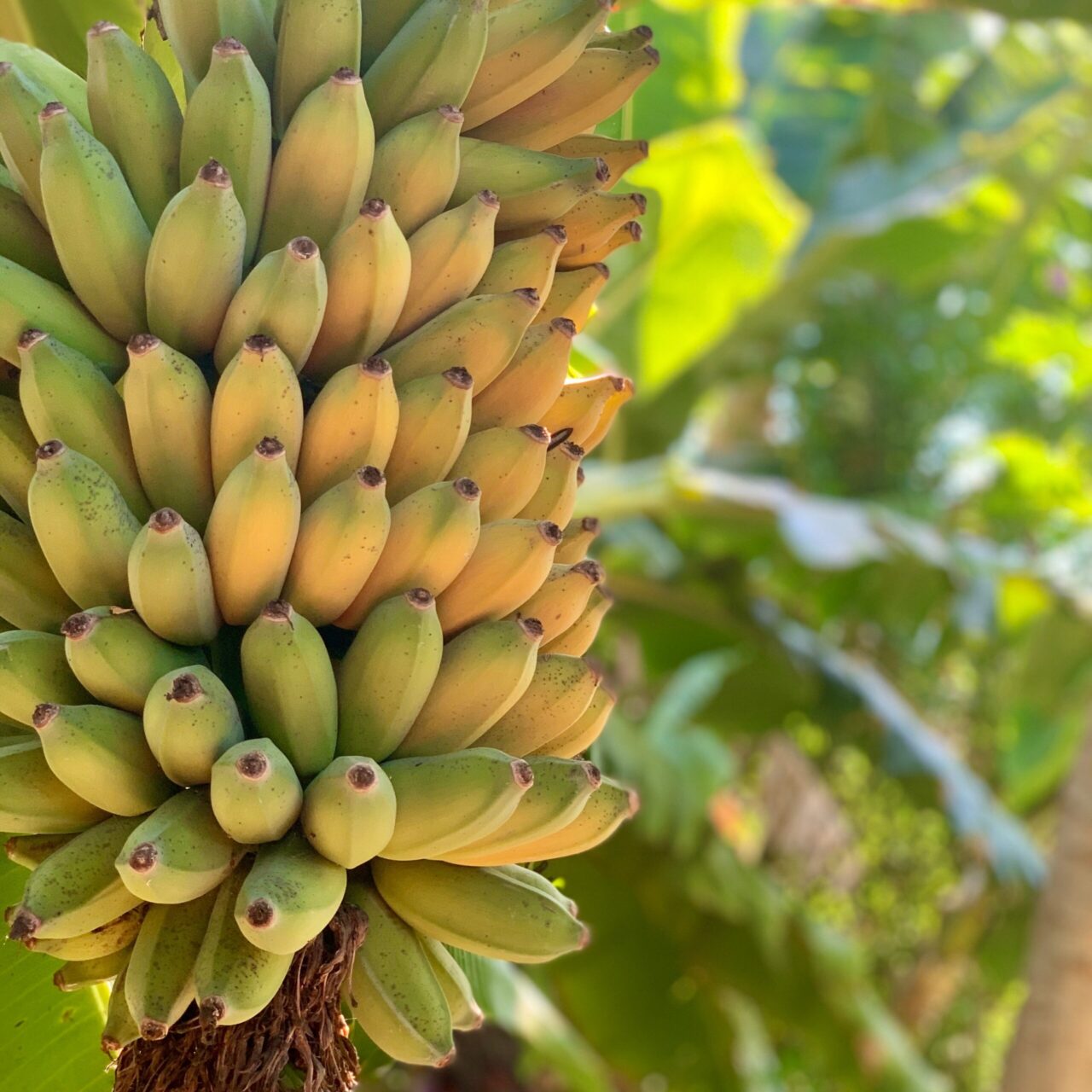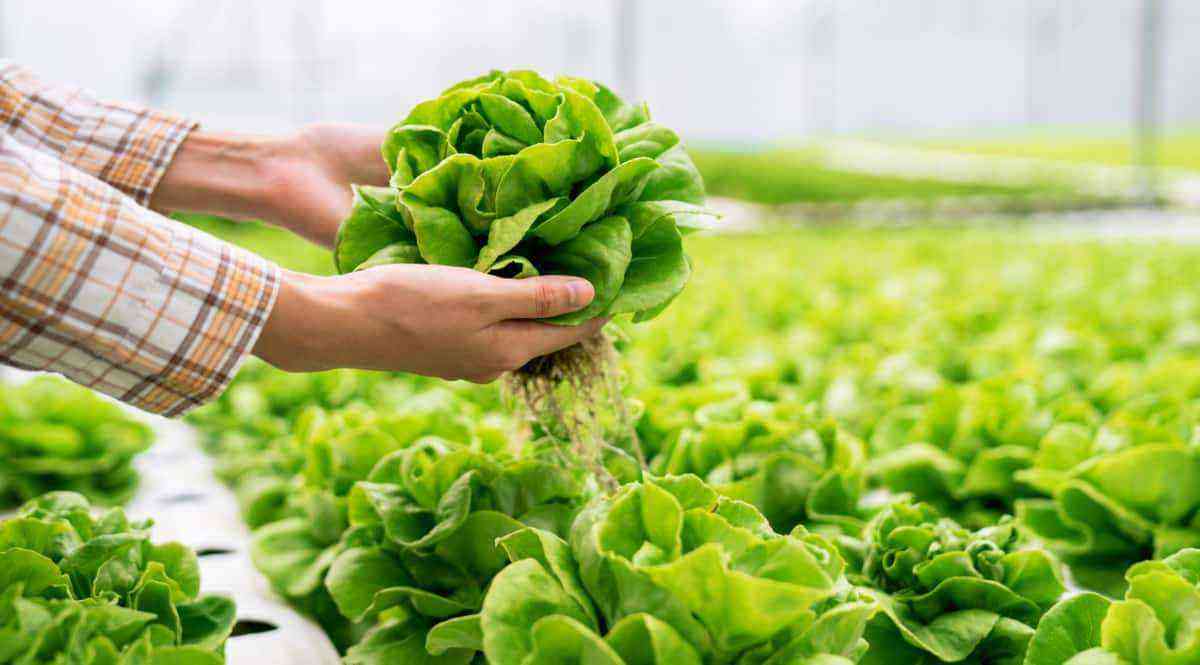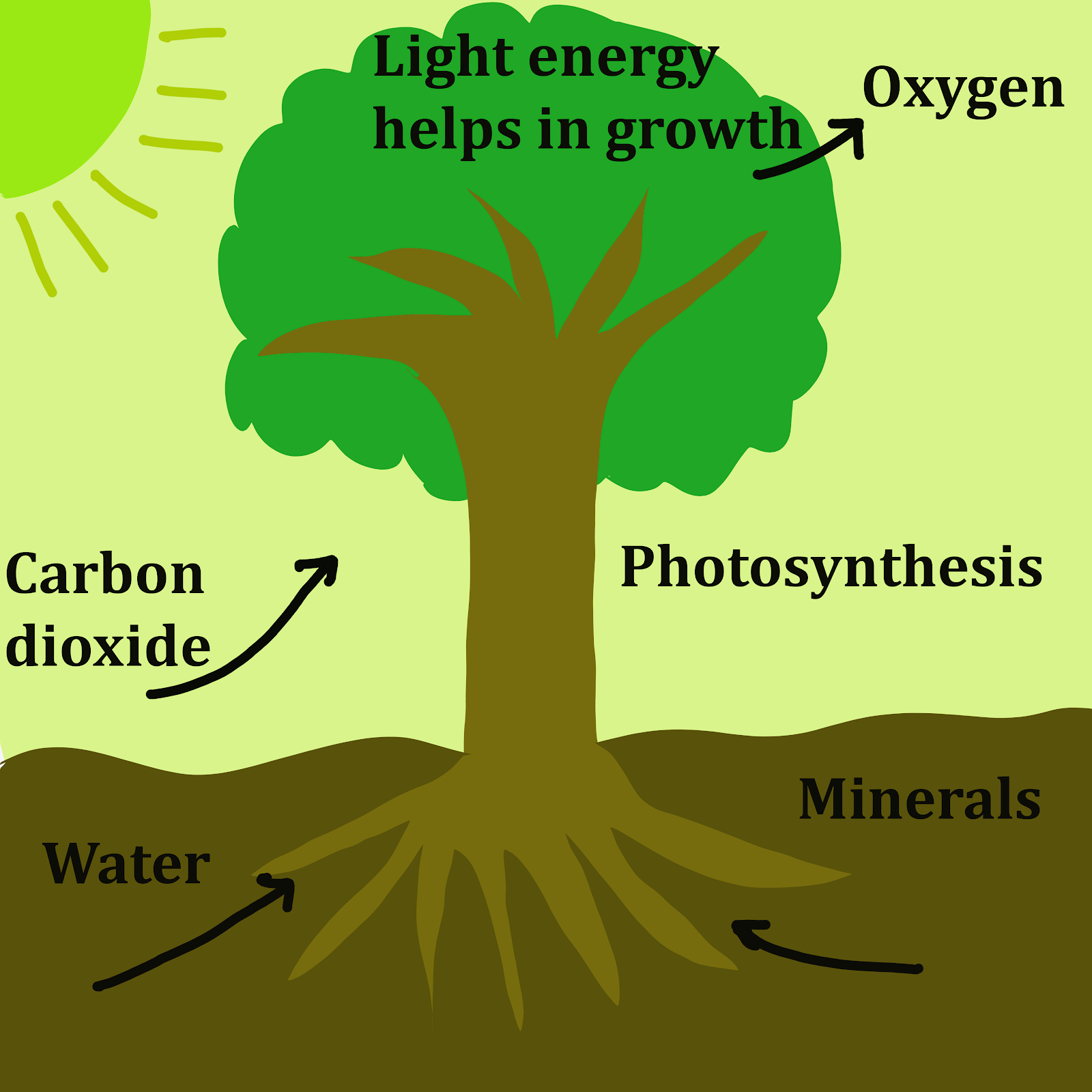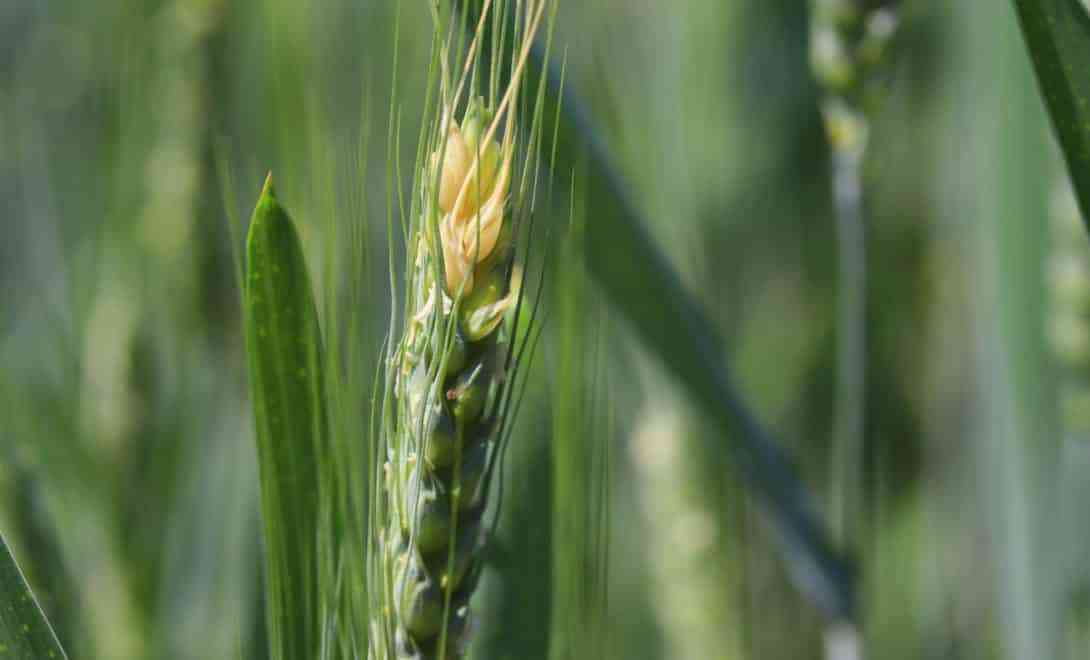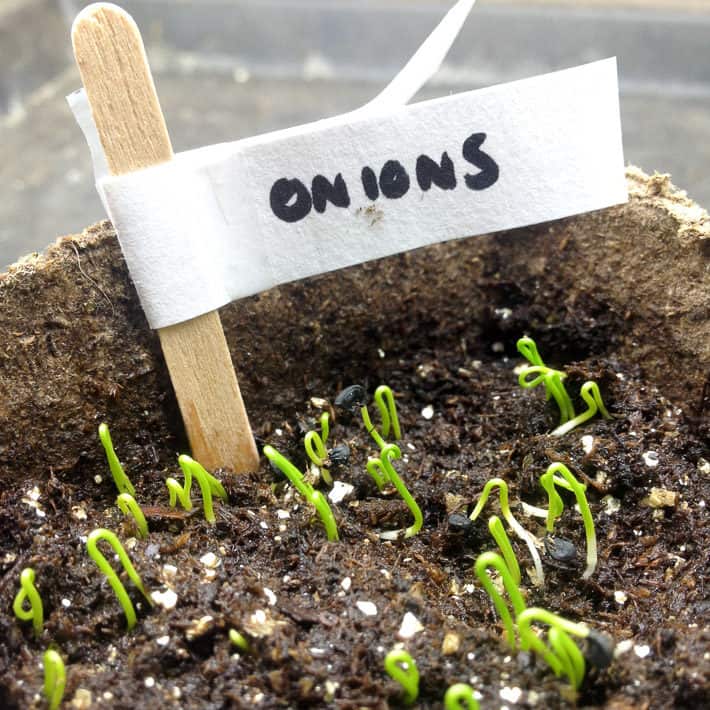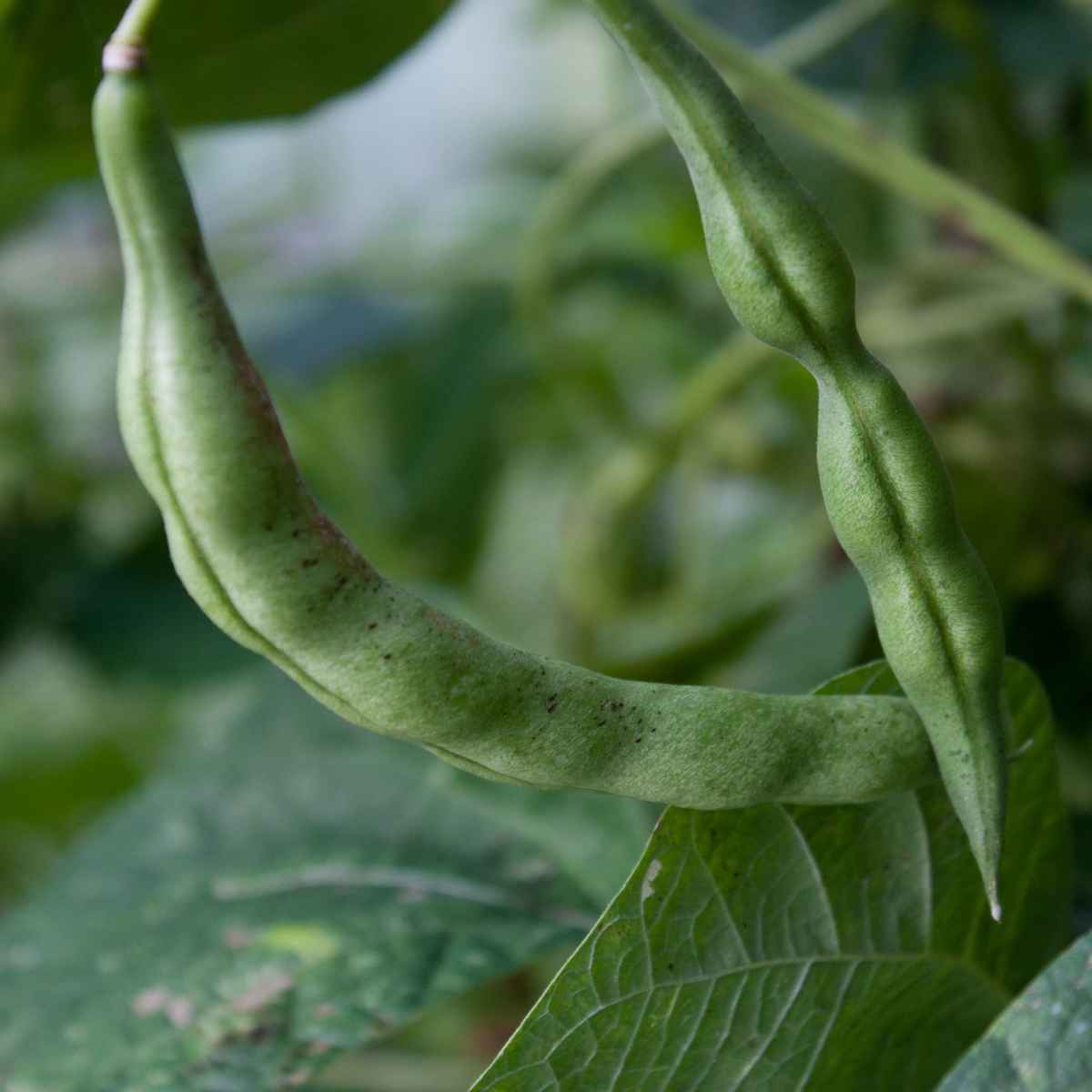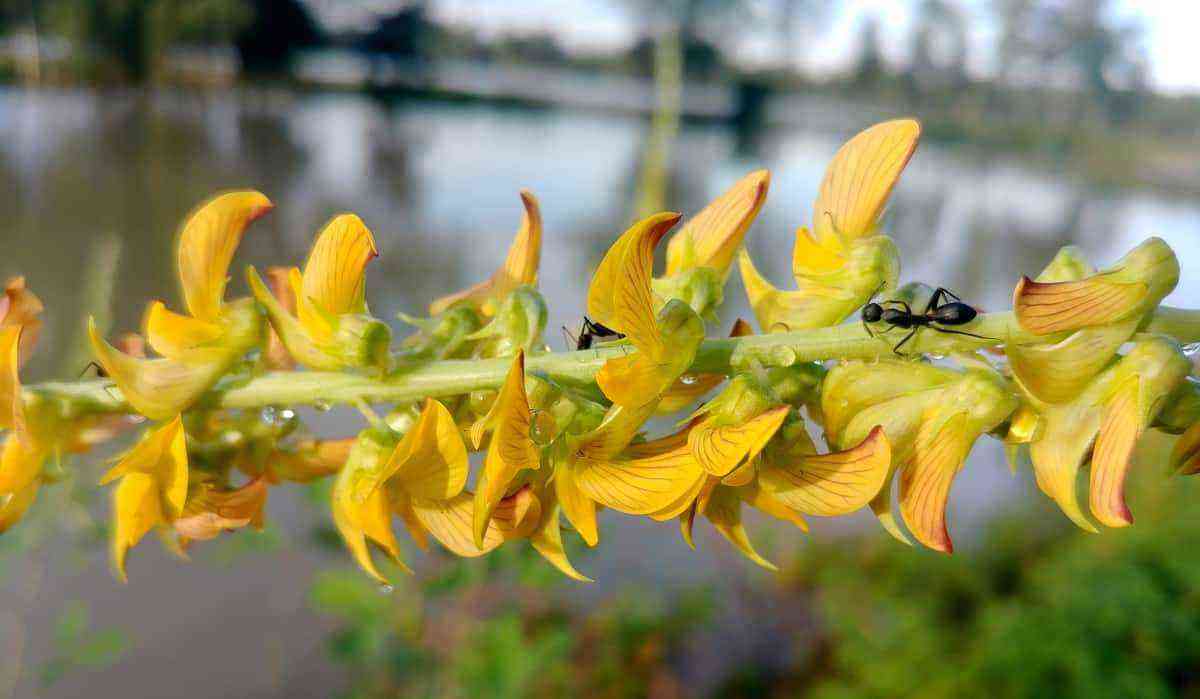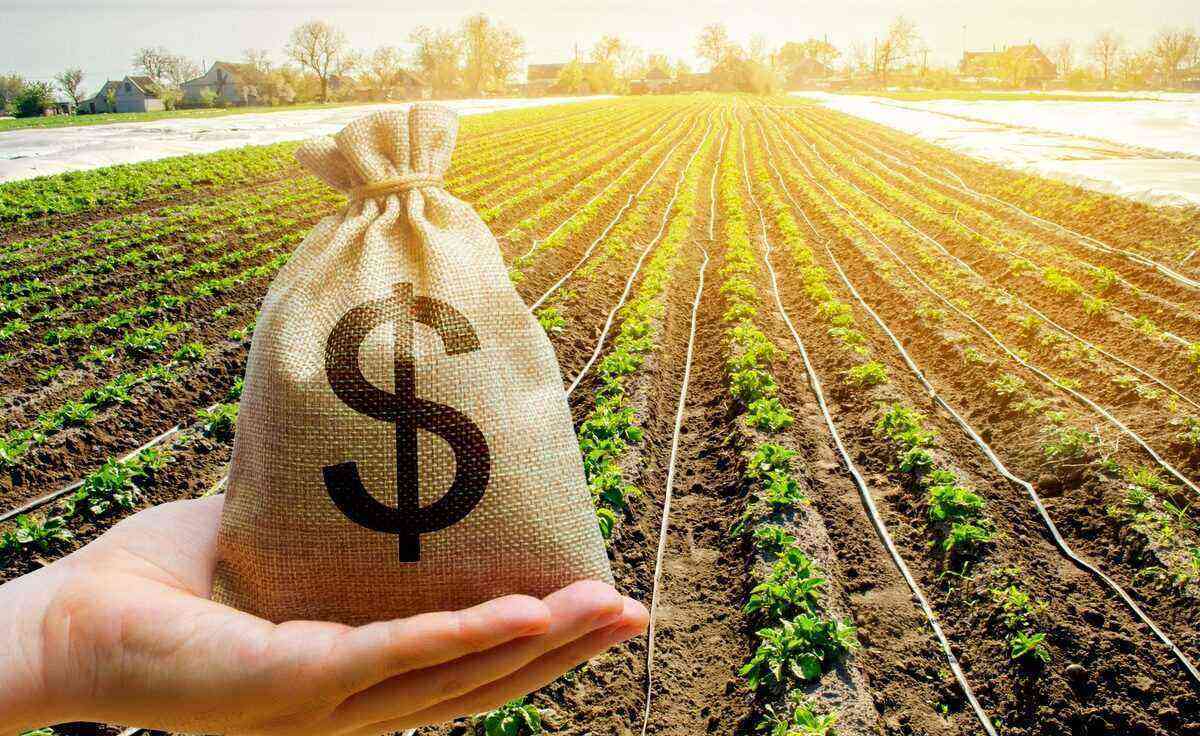Hearing someone talk about sunflowers, a large yellow flower facing the sun immediately comes to mind. But, did you know that there is also the red sunflower?
That’s what we’re going to talk about in this article and give tips on how to plant red sunflowers and leave your garden, or even vase, with a special exotic color. From the photos we have separated, you will see that it is very beautiful, just like the yellow one. Check it out and happy reading!
The red sunflower (Helianthus annuus) is a variation of the common sunflower. Due to their warm and vibrant colors, both are plants that symbolize summer, sun and heat.
While the yellow variety has a commercial purpose, as a good income option for the farmer due to its qualities, the red sunflower is more focused on ornamentation, to plant at home, decorating internal and external environments, giving a happy and natural face to the place, although it has the same properties as sunflower and we will show them below.
Before giving tips how to plant the red variety in your home, get to know the characteristics of the sunflower.
sunflower characteristics
Grown on all continents, sunflower is an oilseed that has important characteristics: fast growth, great resistance to drought, low temperatures and heat.

Sunflower provides incredible natural beauty in addition to its properties.
Economically, the yellow variety is intended for seed extraction, producing sunflower oil, which helps fight cholesterol, in addition to medicinal properties.
Sunflower flowers come in different colors and sizes. In addition to yellow and red, there are also orange and white colors. Their sizes range from 7 cm to 30,5 cm diagonally.
This story that the sunflower flower rotates according to the position of the sun and truth. At dawn, the sunflowers are with their flowers facing east. During the day they follow the sun from east to west, while at night they face east.
This movement, called heliotropism by scientists, it favors the growth of plants that are potent accumulators of solar energy (electromagnetic) that, together with its components, make vegetables valuable as food-medicine.
Meet the red sunflower
Let’s now talk about the big “star” of this article: the red sunflower. The seeds of this variety were developed, as we said, aimed at the ornamental market and planting in gardens for decoration.
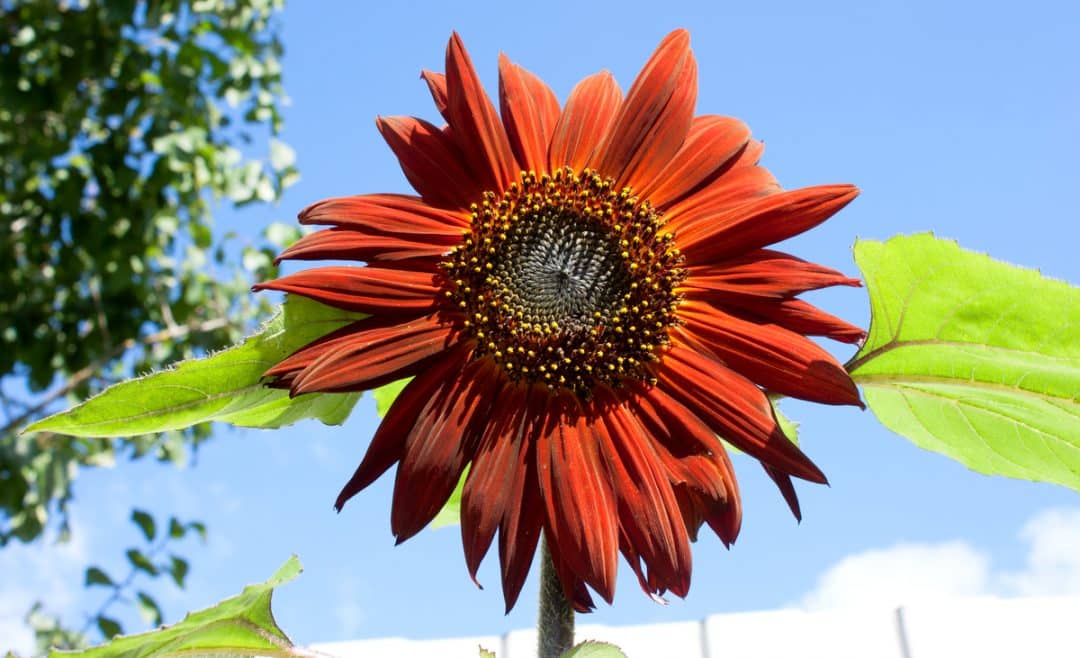
The red sunflower is an exotic plant that stands out in nature.
The red sunflower is a species obtained through genetic alterations which provided a wonderful variety. It manages to be even more exotic and original than its “sister”, the yellow one. Its origin is North America, where it is cultivated as an ornamental species.
Another characteristic of the red sunflower is its use as a cut flower, in the composition of floral arrangements and bouquets, as it provides beautiful flowers, with a dull or grayish red. They are also suitable for children to cultivate, due to their rapid development and life cycle, making them very educational.
According to experts, although it is more focused on ornamentation, the red sunflower also has the same characteristics as the yellow one: it is possible to extract oil from its seeds, it has high levels of vitamin B, D and E, folic acid, phosphorus, iron, in addition to of numerous other properties.
Want more? It has excellent cosmetic properties, capable of combating acnes, blemishes, hydrating the scalp, healing small lesions, with no disorder that its pharmacological properties cannot help to fight in some way.
No video Below, see how planting the red sunflower gives a special color to your garden:
Source: Rodrigo Nepomuceno
How to plant red sunflower
In order for the red sunflower to develop with all its characteristics, it must be grown in an environment with conditions similar to its original habitat: lots of sun, with a soil rich in organic materials and periodic watering, but with careful not to constantly soak.
At home, sunflowers can be planted in planters, flower beds, along a wall or even in pots. The ideal sowing time is from August to February. Germination takes 4 to 10 days, with flowering after about 70 days. The plant reaches 2 to 3 meters in height.

Like yellow, the red sunflower adds a special color to your garden.
Therefore, the ideal thing is that you plan this planting so that the sunflower puff occurs in spring/summer, because these are the hottest periods of the year and you will be able to better appreciate this wonder of nature!
planting tips
- Place your seeds on a soft, thin paper, like a napkin. Wet it and cover the seeds with the paper. After 48 hours, the seeds should be germinating and ready to plant.
- Fertilize the land where the sunflower will be planted with a fertilizer NPK 10-10-10 and make sure that the chosen soil allows for water drainage and air passage, otherwise it is possible that the sunflower will end up “drowning”;
- Make a hole of approximately 5 cm in the soil, place the seeds and cover them;
- Water the soil after planting.
It is possible to plant the seeds directly in the soil, without the napkin process mentioned above, but the chances of germination are lower.
If you are going to plant several sunflowers in the same land, both yellow and red, it is necessary that there is a spacing of at least 15 centimeters between each one. Distance is necessary because plants have long roots and therefore need space.
To guarantee even better conditions for the cultivation of red sunflower, we must make sure that during this period temperatures are hardly lower than 11°C. It goes without saying that frost, hail and strong winds are some of the main enemies of this plant. Therefore, if you live in a region with these climatic conditions, the sunflower will hardly be able to develop properly.

Sunflowers bouquet with red and yellow flowers. Add a special touch to the decor
While some sunflower varieties don’t need cuttings, it’s a good idea to support plants that grow more than four feet tall or are branched. Its branches are quite brittle, especially at the points where they join the stems.
With shallow, heavy roots with many large flowers, the plants are vulnerable to summer winds and rain. Tie the sunflowers loosely to stakes with pieces of cloth or other soft material so as not to injure the plant.
Is the sunflower attacked by diseases?
Although it is a very resistant plant, as mentioned above, the sunflower is not immune to diseases such as mold and rust.
O downy mildew, also known as mildew, causes spots and light areas on the surfaces of upper leaves and a diffuse mold growth on the underside. Eventually, the leaves wither and die. Older leaves are usually infected first. It doesn’t kill the sunflower, but it spoils its appearance.
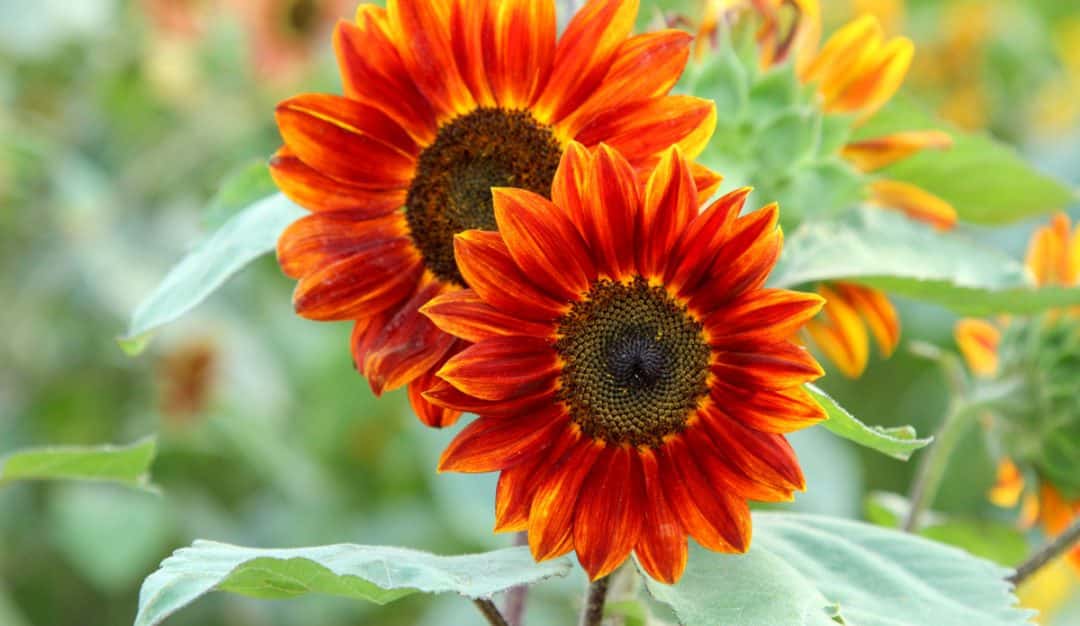
When growing sunflowers, pay close attention to the color of the leaves. Changes can indicate illness.
Rust appears on the upper surfaces of leaves first as yellow or white spots that turn brown or black. Swollen blisters appear on the underside. The disease can spread to stems and flowers, causing stunted growth. Rust sometimes spreads to sunflowers grown from weeds such as wild mustard, shepherd’s paste, pigweed and quarters of lamb.
To combat these diseases, when caught early, simply spraying with a general garden fungicide as stated on the product label can protect healthy foliage. Remove and destroy seriously infected plants.
Keep the area weed-free and clear plant debris from the garden in the fall. Disinfect tools by soaking them in a solution of 1 part household bleach to 4 parts water. Keep your hands clean and don’t touch wet plants.
Also watch out for insect attacks, especially a small gray moth that lays its eggs in the development of sunflower flowers. Their larvae are greenish-yellow. They feed on the flower and destroy the seeds, creating a mass of webs and debris.
Take the worms from the plants and mash them between your fingers or throw them in a plastic garbage bag. If many plants are infested, spray or sprinkle the flowers with a product containing Bacillus thuringiensis (Bt) as soon as you see the larvae.
Tip: check out the stages of development of the red sunflower planted in PET cups or bottles:
Source: Jessica Uchoa Anaice
Did you like the article? Are you thinking about planting the red sunflower, to make your garden even more beautiful? So, get to work!
Also access our articles on planting passion fruit, strawberries, potted garlic, and much more!!!
If you need products to start planting red or yellow sunflowers, visit our website and find everything for your cultivation.


